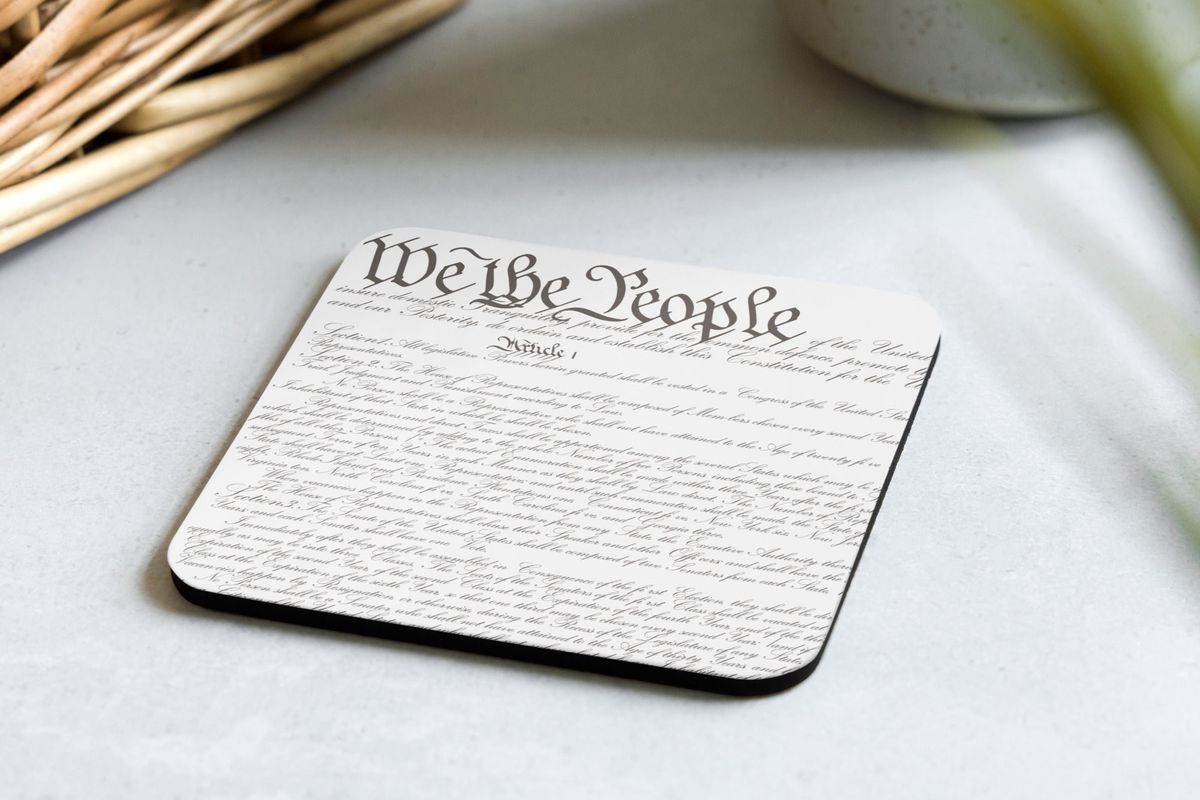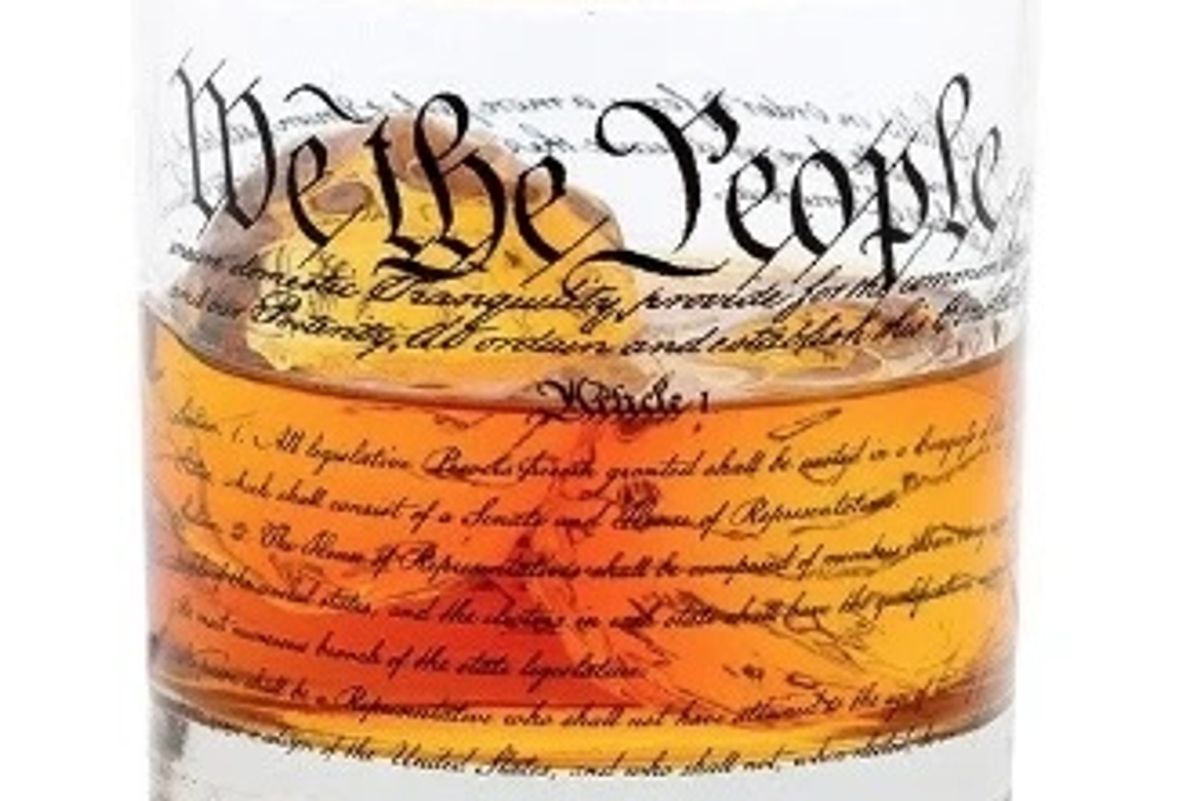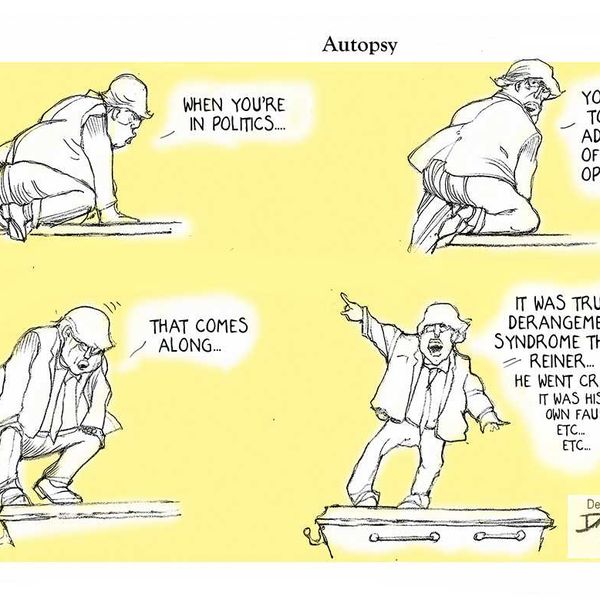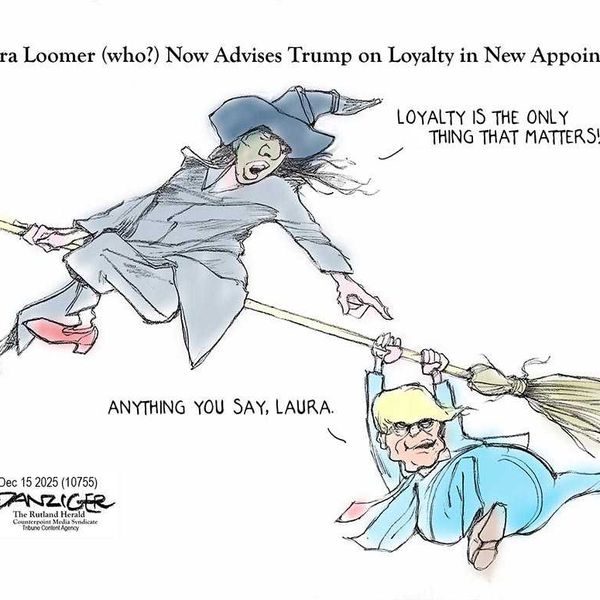
For progressives, it’s been a depressing week. Of course, we will rise to fight harder and win bigger. But for now, slip on your Slanket, dig into a tub of mint chocolate chip, curl up on the couch, and enjoy these films and TV shows that will warm your heart, comfort you, show you how others triumph over troubles, and even make you laugh. All are available on disc, streaming, or YouTube.
Sherlock, Jr. (1924)
If you’re wowed by today’s 3D, computer-generated motion picture prestidigitation, look at what Buster Keaton was able to accomplish 90 years ago with just sets, celluloid, and the finest comedy mind in silent film. Buster is a poor movie theater projectionist in love with a girl who prefers the attention of a handsome cad. While running a picture, Buster daydreams: His dream-self leaves the booth, walks down the theater aisle and climbs up into the action on screen. Suddenly the movie’s original actors are replaced with Buster, the girl he wants, and other characters from his life, and the scenes behind the onscreen Buster shift wildly and dangerously from one locale to another. The special effects are seamless and astonishing, Keaton’s physical grace in stunts is ethereal, and the laughs are huge. This inspired Woody Allen’s The Purple Rose of Cairo.
Monkey Business (1931)
In their first film made in Hollywood, The Four Marx Brothers are stowaways on a ship —and from the beginning, logic takes a back seat to laughs. S.J. Perelman co-wrote the script, and Groucho’s dialogue is filled with his sophisticated wordplay (“Look at me: I’ve worked myself up from nothing to a state of extreme poverty”).
Don’t worry about the plot: It has something to do with gangsters. Just enjoy the boys getting past U.S. Customs by pretending to be Maurice Chevalier and performing one of his songs (wait till you see how the silent Harpo solves that problem), the references to Boris Thomashefsky and the House of David semi-pro baseball team, and Chico’s barrage of excruciating puns that make Groucho address the audience in exasperation.
It Happened One Night (1934)
Movie firsts are always tough to pinpoint, but historians agree this is where screwball comedy begins: highly attractive romantic stars doing nutty things for laughs. In screwball there is often an heiress and a reporter; here the runaway heiress is Claudette Colbert, fleeing her family to marry a weaselly aviator. Trying to remain anonymous, she takes a Greyhound bus from Florida to New York; her seatmate is newspaperman Clark Gable. She’s snooty, he’s down to Earth, and together they have a perilous, comic, and erotic trip on and off the bus.
In one famous scene, Gable and a reluctant Colbert are sharing a motel cabin. When Gable undressed, America saw that he didn’t wear an undershirt and sales of that garment plummeted. Then there’s the hitchhiking scene, wherein Colbert shows Gable how a smart woman brings a male motorist to a screeching halt (she doesn’t use her thumb). The film was directed by Frank Capra.
I Love To Singa (1936)
Stipulated: Warner Bros. cartoons are funnier, sassier, and more inventive than Disney’s; this one directed by the genius Tex Avery is on any list of the most beloved Merrie Melodies. The star is a young owl in a dapper red jacket and a bowtie who defies his music-teacher father by singing pop songs on an animal version of an amateur-hour radio show. Yes, it’s a parody of The Jazz Singer and yes, the little owl is named Owl Jolson, and yes, you will have the real Al Jolson hit song I Love to Singa playing in your brain for the next week. You will also smile.
Goodbye, Mr. Chips (1939)
Schooldays nostalgia, rampant Anglophilia, and a performance by Robert Donat that beat out Clark Gable’s Rhett Butler for the Oscar combine for a schmaltzy, genuinely moving package. This fond look at the life of a shy teacher at a British public school between the 1870s and the 1930s is about the resilience of the British through changing times and war. Sure, it softens all the nasty class stuff, but what makes this work is the sincere affection for the better aspects of the British system and character, and Donat’s beautifully-modulated performance as an awkward young master who blooms first because of the love of a spirited woman, and then because of the love of his students. You will cry at least twice during this film, but it’s the good kind of crying.
Sullivan’s Travels (1942)
Sunset Blvd. aside, this is the greatest, truest movie about Hollywood. Written and directed by Preston Sturges, the era’s madcap genius, it stars Joel McCrea as a self-serious Hollywood director tired of making fluff hits; he wants to make an adaptation of the “deep-dish” novel about poverty, Sinclair Beckstein’s O Brother, Where Art Thou? (This is where the Coen brothers got the title.) To experience poverty firsthand, he sets out from his Beverly Hills mansion dressed as a hobo — with a luxurious tour bus trailing him at the studio’s insistence.
Sturges’ lightning-fast dialogue goes into hilarious verbal curlicues, the satirical spears at mainstream moviemaking remain sharp, and the film’s biggest innovation — its sudden turn in the last half-hour from goofy comedy to very black drama — still surprises audiences.
Meet Me In St. Louis (1944)
Family. Technicolor. Simpler times — specifically, St. Louis in 1904, a wartime look back at peacetime. Judy Garland. “The Trolley Song” and “Have Yourself a Merry Little Christmas.” And not wanting to leave home. This HAS to make you feel good.
Based on Sally Benson’s autobiographical sketches in The New Yorker, Meet Me In St. Louis is full of charm, music, gentle laughs, romance, and the warm embrace of loved ones. It also has a star-making performance by the child actor Margaret O’Brien as a talkative, rambunctious little girl who enjoys burying dolls; critic James Agee was so taken with O’Brien that his review in The Nation doesn’t mention Garland. Directed by Garland’s husband-to-be Vincente Minnelli; this is how they met.
Panic In The Sky (1953)
This was the 12th episode of season two of TV’s Adventures of Superman. It features George Reeves, the only real Superman for those who grew up at a certain time. A B-movie actor who trained at the Pasadena Playhouse, he has presence, nobility, a rich voice, and humor. He is genuinely heroic. Unusually, he doesn’t play Clark Kent as a nebbish: The message is that ordinary guys can be pretty heroic, too.
In this episode, the Man of Steel has to save the world from a collision with an asteroid. His first try is only partially successful, but the effort gravely injures him. Will Earth — and Superman — survive? The special effects range from nice try to pretty darn good, and the script has real suspense. This is Superman super-fan Jerry Seinfeld’s favorite episode.
The Nairobi Trio (c. 1956 to 1961)
This recurring sketch from comedian Ernie Kovacs’ many series divides people: they either get the joke of The Nairobi Trio or they don’t, and if you do and they don’t, relationships may crumble. You cannot explain why it’s funny.
In a brief vignette, three figures in rubber gorilla masks, wigs, overcoats, and bowler hats robotically mime playing the novelty tune “Solfreggio” we hear on the soundtrack. A cigar-smoking gorilla conducts with a banana or a cigar, a female gorilla plays the piano, and a third gorilla raises and lowers timpani mallets. Throughout the number, the timpani player uses his mallets to do drumrolls on the conductor’s head; at the end, the conductor tries to exact revenge — that’s the punchline. That’s it. It’s funny.
The conductor is always Kovacs; over the years the other gorillas were secretly played by Jack Lemmon, Frank Sinatra, Barbara Loden, Jolene Brand, and Kovacs’ wife Edie Adams, among others.
You can watch the famous clip here:
Lost In America (1985)
Albert Brooks writes and directs too few movies, but this is one of his best: a snide road-movie satire of yuppies in Reagan’s America. Brooks is the creative director of an LA ad agency who doesn’t get the promotion he wants. The big baby throws a tantrum at the office, gets fired, and cons his wife, Julie Hagerty, into quitting her job, selling their home and setting out to see America and “touch Indians.” His model is Easy Rider — except that the couple travel in a fully-equipped Winnebago.
The classic scenes are numerous: Hagerty losing their financial “nest egg” in Vegas; Brooks’ crazed lecture about the “nest egg”; his attempt to get a job in a small Arizona town where the guy at the local employment agency has no idea what a creative director is. This nearly-30-year-old film about marital and career dissatisfaction and selfishness holds up impeccably.



















